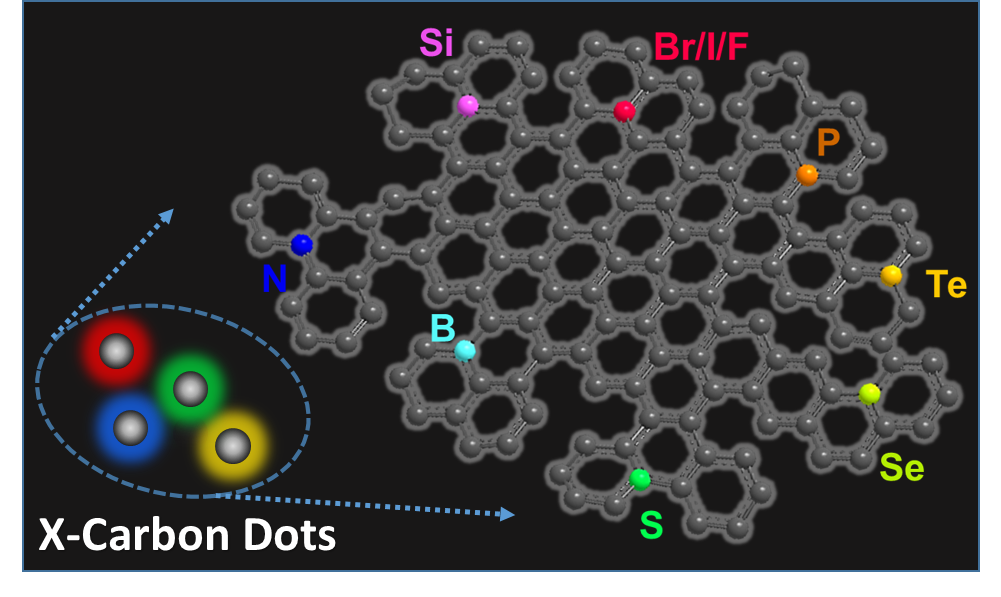Feng Li, Dayong Yang and Huaping Xu
Chem. Eur. J., 2019, 25, 1165-1176
Carbon dots (CDs) are new materials with capability in bioimaging, optical device, catalysis, and many other fields. Their advantages, such as ease of large‐scale preparation, low cost of precursor, highly tunable photoluminescence, satisfactory biocompatibility, and photostability against photobleaching, make them competitive alternatives to conventional semiconductor‐based quantum dots and organic dyes. In order to overwhelm other luminescent materials in applications, their functionalities are still needed to improve in spite of the above mentioned advantages. In recent years, it has been proved that heteroatom doping was an effective approach to improve the optical and electronic performance of CDs via tuning their carbon skeleton matrices and the chemical structures. In this review, we will discuss about the new development of nonmetal heteroatom‐doped CDs, including heteroatom categories, preparation, and physicochemical property. The progressive trend of heteroatom‐doping CDs is also discussed at the end of this review.

